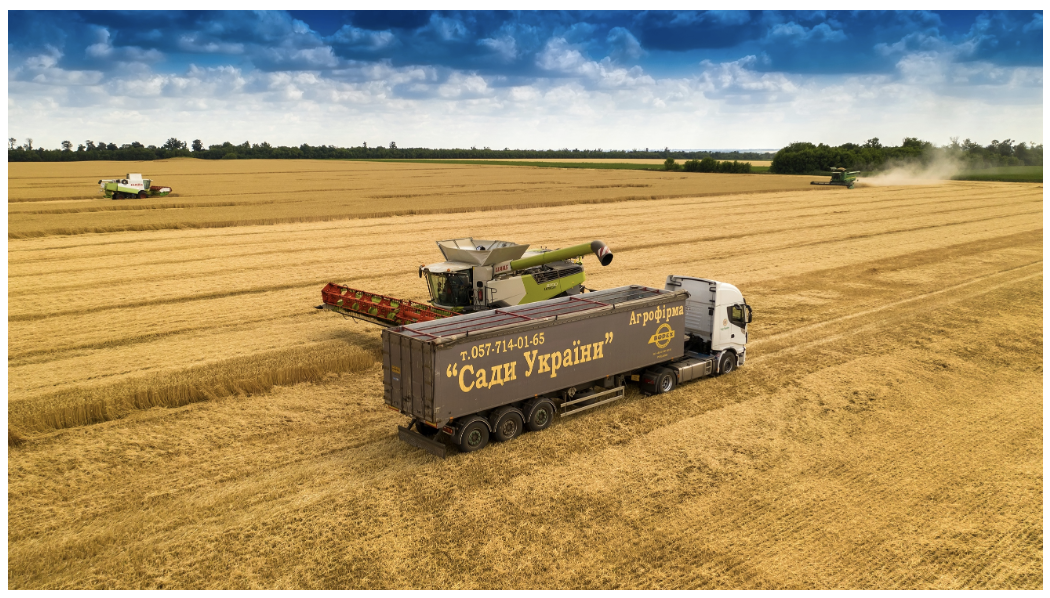- Our sights are set on the conflict between Russia and Ukraine.
- Ukraine is a major exporter of corn and wheat, so supply could be disrupted if things escalate further.
- The US has ordered the evacuation of US citizens, which suggests the situation is worsening.
Nixal’s Forecast
Our price forecast for 2021/22 (Sep/Oct) Chicago corn remains unchanged in a range of 4.5 to 5 USD/bu with an upside bias. The average price since the start of the new crop is running at 5.61 USD/bu.
Nixal’s Market Commentary
Grains rallied last week, recovering the losses of the previous week. Freezing temperatures in the US and increasing tensions between Russia and Ukraine contributed to the rally.
Corn in Chicago rallied 3.4% following the release of the US’ sales and export data. US sales more than doubled when the data was published last Friday, and exports reached their highest volume for the crop so far.
Brazil’s first corn crop continues to worry the market as the lack of rain has already impacted soybeans, which are now 1.7% harvested and yields are lower than expected. These rains could have a similarly negative impact on the corn.
Chinese stats for 2021 showed corn imports at an all-time high.

Chicago and European wheat rallied 8% and 3% respectively on the back of tight supply. The US’ export data looked better than expected, which suggests that global demand is still there, even with high prices. Dry and cold weather in the US increased fears that wheat will suffer. Tensions between Russia and Ukraine could also disrupt supply.
Russian exports doubled last week but are still down 18% year-on-year due to the lower crop and the moving export tax set by the Government.
On the demand side for protein, the Chinese pig herd has finally reached pre-ASF (African Swine Fever) levels. ASF forced China to cull almost 50% of its herd.
The biggest uncertainly now lies on the tensions between Russian and Ukraine as Ukraine is a major exporter of corn and wheat. Supply could therefore be disrupted if the conflict escalates. The US has ordered the evacuation of US citizens, so things seem to be getting worse in the short term.
We still think there could be an impact to yields due to high fertilizer prices, which are also being worsened by the geopolitical tensions with Russia.
Other Insights That May Be of Interest…
La Niña and Fertilizer Crisis Still Concerning for Grains
The Future of the Wheat Industry
Wheat Production Alongside the Climate Drive













